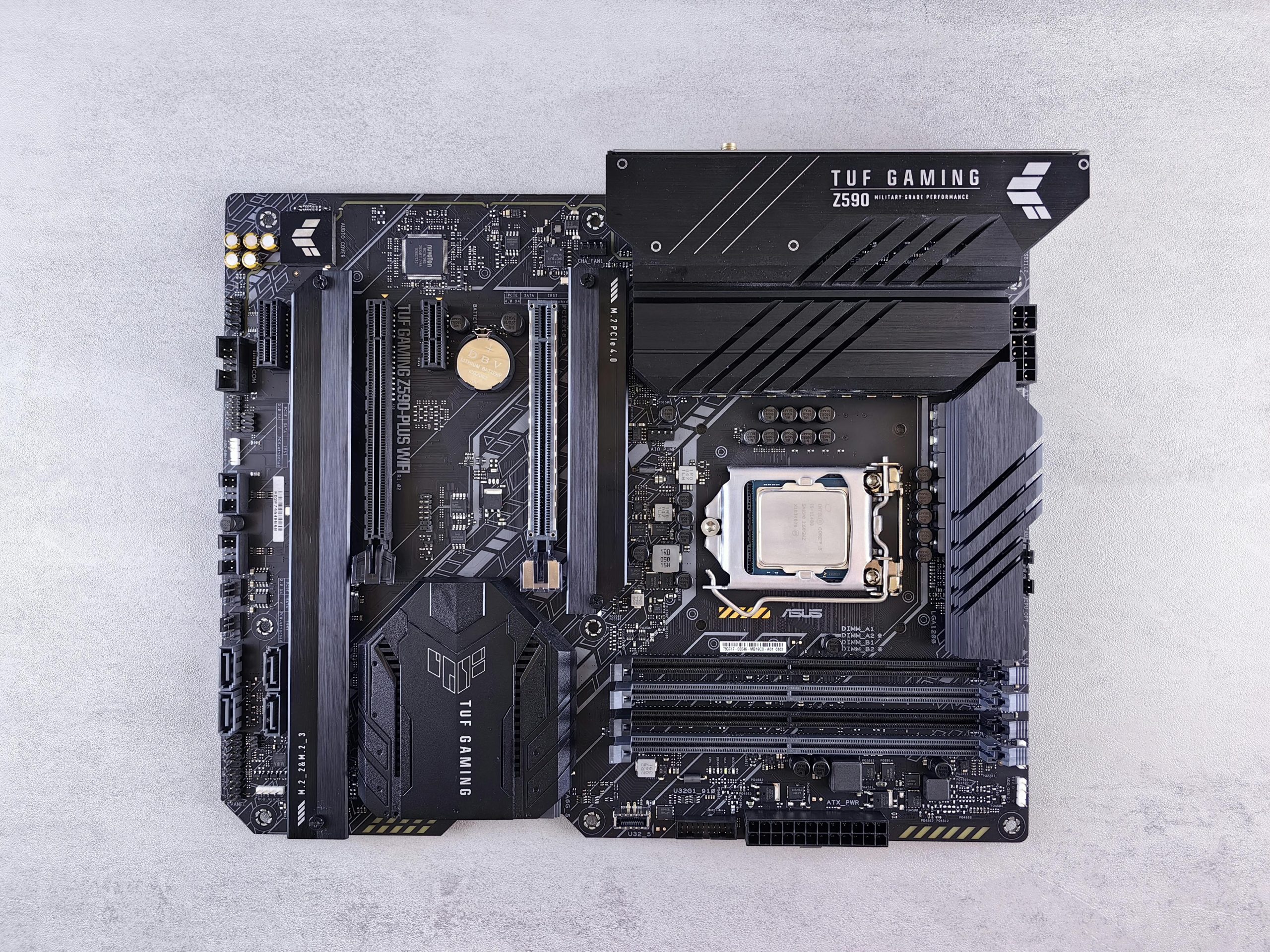Understanding and Resolving the Battery-Related 60Hz Refresh Rate Limitation on the ASUS TUF A15 FA507NVR
Introduction
Many gamers and power users rely on high refresh rates to enjoy smooth visuals and responsive gameplay. However, some ASUS TUF A15 FA507NVR users have reported an unexpected limitation: their display automatically switches to 60Hz when operating on battery power, despite configuring higher refresh rates like 144Hz. This issue can be frustrating, especially when it restricts the optimal gaming or viewing experience. In this article, we explore potential causes of this problem and provide actionable solutions to help you recover the full refresh rate performance on battery.
Common User Experiences
Users facing this challenge often report the following behaviors:
- Display showing 144Hz in Windows settings and NVIDIA control panel, yet the visual experience remains sluggish, akin to 60Hz playback.
- The refresh rate appears to revert to 60Hz exclusively when unplugged from power sources.
- Attempts to manually force higher refresh rates through software or third-party tools have been unsuccessful.
- Switching display settings back and forth or toggling G-SYNC options temporarily resolves the issue but reverts after a system restart.
Potential Causes
This behavior is typically linked to power management settings, driver configurations, or firmware restrictions designed to conserve battery life. Possible causes include:
- Power Saving Modes: Windows power plan settings may cap display performance to extend battery life.
- GPU Power Management: NVIDIA’s driver settings could impose limitations on high refresh rate usage when on battery.
- Firmware or BIOS Restrictions: Certain BIOS configurations may enforce refresh rate limitations for thermal or battery safety reasons.
- Driver or Firmware Outdated: Outdated graphics drivers or firmware can lead to inconsistent behavior.
Recommended Solutions
-
Review and Adjust Power Settings
-
Windows Power Plan:
- Navigate to Control Panel > Power Options.
- Select “High Performance” or create a custom plan emphasizing maximum performance.
- Check advanced settings: ensure display and PCI Express settings are set for maximum performance.
- Battery Settings:
-
In Windows Settings > System > Power & Battery, verify that any battery-saving options related to display or GPU are disabled.
-
Update Graphics Drivers and BIOS
-
Ensure that you have the latest NVIDIA drivers installed directly from NVIDIA’s official website.
-
Visit ASUS support portal to download and update your BIOS to the latest version, which may resolve known hardware compatibility issues.
-
Configure NVIDIA Control Panel Settings
-
Open NVIDIA Control Panel
Share this content:



